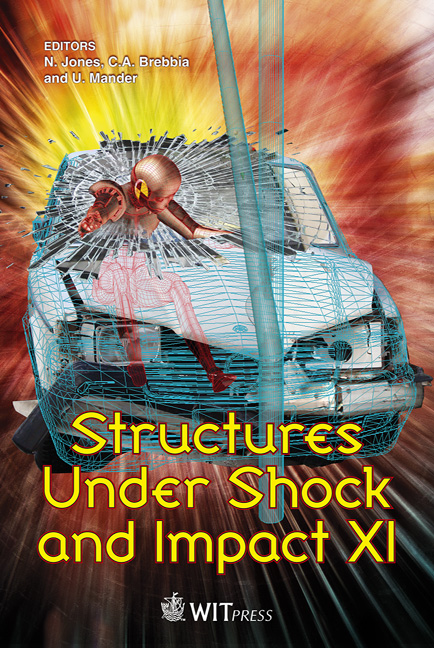Finite Element Modelling Of Cable Median Barriers Under Vehicular Impacts
Price
Free (open access)
Transaction
Volume
113
Pages
12
Page Range
219 - 230
Published
2010
Size
1,205 kb
Paper DOI
10.2495/SU100191
Copyright
WIT Press
Author(s)
J. Bi, H. Fang & D. C. Weggel
Abstract
Cable median barriers (CMBs) are safety devices installed on highway medians to prevent cross-median crashes. Although fatality rates decrease notably after installation of CMBs, a small percentage of vehicles are found to under-ride the CMBs and enter the opposing traffic lanes. Retrofitting the current CMBs could reduce the number of these events and further increase the reliability of these barrier systems. Owing to the high cost and restrictions of full-scale physical crash tests, detailed analysis and parametric studies of CMB designs have been recently oriented towards numerical modelling of vehicle-barrier impacts. In this study, a three-strand CMB system installed on a sloped median and impacted by a passenger vehicle is modelled and evaluated using the nonlinear finite element (FE) method. Detailed FE models of the CMB and the vehicle are presented. Various modelling issues involved in the nonlinear FE analysis, such as contact modelling and numerical instabilities, are discussed. Based on an analysis of vehicle-barrier interactions using FE simulations, a new CMB design is derived and its performance is compared to the current design. Keywords: finite element modelling, cable median barrier, sloped median, roadside safety, cross-median collisions. 1 Introduction Highway safety has been a public concern for decades. Over the years, researchers have developed several types of roadside safety devices including median barriers for preventing cross-median collisions. Depending on site
Keywords
finite element modelling, cable median barrier, sloped median, roadside safety, cross-median collisions





